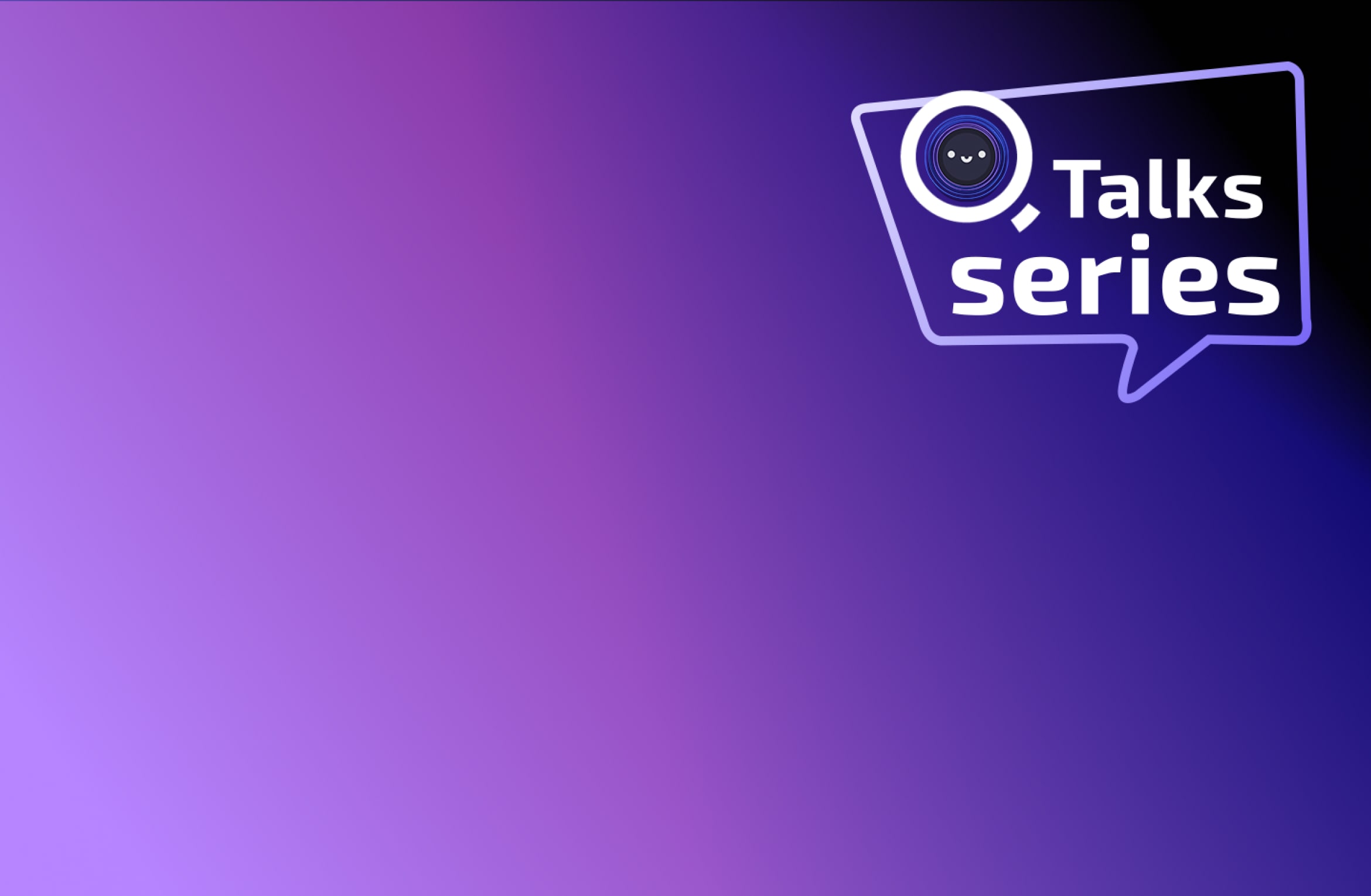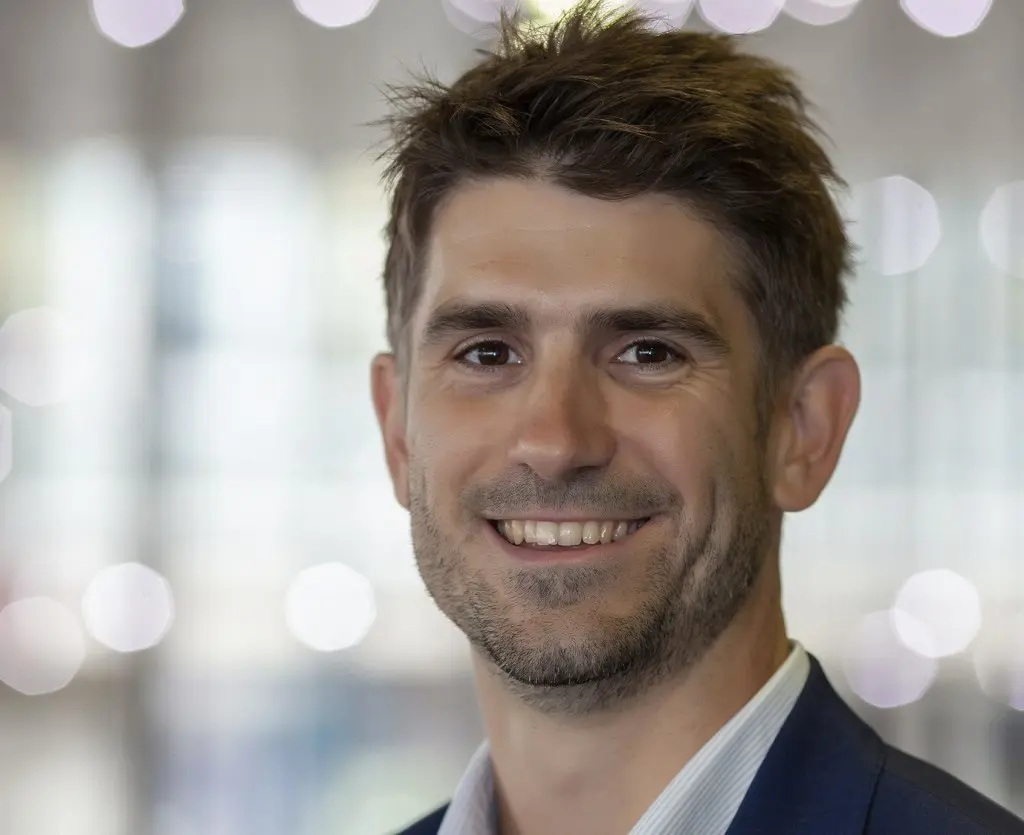[QTalks Ep.4]
Water Quality and the Impact of Digital Innovation
The impacts of climate change on water are often cited in regards to availability: whether too little (drought), or too much (flooding). Yet, how is climate change impacting water quality?
From wildfires, algal blooms and contaminants of emerging concern, water utilities are facing increasing challenges. What role will digitalization, for example the increase in sensors and data, have on water treatment? Is democratizing access to water quality sensors and data good for the industry?
Join this latest QTalks with environmental journalist Tom Freyberg, to hear from experts as they help to cut through the hype with examples of innovation in water quality management.
- Andrew DeGraca, Water Quality Division Director at San Francisco Public Utilities Commission
- Jan Vreeburg, Principal Scientific Researcher at KWR Watercycle Research
- Heather Collins, Water Treatment Manager at the Metropolitan Water District of Southern California
Water sources, infrastructure, and quality in context
To kick off the discussion, Tom asked the panelists to provide some context about the water treatment infrastructure and water sources in their utilities and organizations.
The Metropolitan Water District of Southern California
Heather explained that the Metropolitan Water District of Southern California is a water wholesaler for Southern California that services 19 million people that gets their water supply from two main sources.
The first is water from Northern California’s runoff, rivers, and lakes, and the second is from the Colorado River aqueduct system — owned and operated by the Metropolitan Water District — that takes water in from the Colorado River watershed through Lake Havasu.
She said that they have a network of over 830 pipelines and tunnels that are gravity fed, five treatment plants, and many hydroelectric and pump facilities around the basin.
Commenting on these specific water sources, she also explained that drought has an effect on the availability and allocation of the state water that’s coming from the North, and that they balance this with storage programs.
The Dutch water network
Jan highlighted how the Netherlands is very densely populated in a highly-industrialized area with around 17 and a half million inhabitants.
He explained that the part that is above sea level mainly uses groundwater, which is a very well-protected source, and the part below sea level — which represents a third of the country — is serviced by water from the rivers.
He said that both rivers enter a highly industrialized area which could be described as an “open sewer”. For this reason, they are very aware of the importance of water quality.
San Francisco Public Utilities Commission
Andrew explained that the San Francisco Public Utilities Commission is a water, wastewater, and power utility that serves around three million people on the water side, and that two-thirds of that is for wholesale customers.
He said that their major supply source is the Hetch Hetchy reservoir in Yosemite National Park which is of such exceptional quality that they only need to provide UV treatment and support.
He said that they also have local reservoirs, and two conventional treatment plants, and are developing a very small groundwater supply.
Water quality and the Infrastructure Bill
Tom asked the panel how the discussion around water quality is changing with the new Bipartisan Infrastructure Law that intends to deliver more than $50 billion to EPA to improve drinking water, wastewater, and stormwater infrastructure in the United States.
Heather said that this new funding will help go through clean water and safe drinking water funds that are enacted by the states. She also said that it will help address some of the issues that have been plaguing water systems including groundwater constituents that impede the ability of groundwater basins to be used for storage, banking, and replenishment.
She also mentioned that significant funding is earmarked for PFAS constituents and that they’re working actively with member agencies and their board to consider funding opportunities to ensure the source water quality for their lakes and sources of supply. Finally, she said that they also work with their member agencies to ensure that they can leverage their local supplies which inevitably helps them save water that they’re importing.
Leakage vs water quality
Moving the discussion on, Tom asked Jan and Andrew whether, compared to leakage, the issue of water quality has remained the “poorer cousin” in terms of investment priorities, or whether it has garnered more attention over the years.
Jan highlighted the fact that the leakage level in The Netherlands stands at only 5% and is even lower in certain areas. He said that there is an interrelation between water quality and networks and that the obvious solution to leakage is to upgrade the networks since band-aids don’t fix the source of the issue.
He said that it has taken The Netherlands between 40 and 75 years to be able to provide high-quality drinking water without chlorine residual. He also explained how the actual moment of investment in networks is very minor compared to the lifetime support the network will need.
Andrew began by saying that the Centers for Disease Control and Prevention (CDC) stated that both disinfection and fluoridation were two of the ten most significant public health interventions in the 20th century. He said that he thinks that it would take an event such as the massive outbreak of Cryptosporidium in Milwaukee in 1993 to force any major changes.
However, he said that there are state-level concerns, including the discovery of microplastics in California and PFAS in various states. For this reason, he thinks change will happen slowly, but that there’s not yet a big enough driver of significant change where water quality is the focus.
Regulatory drivers of change and contaminants of emerging concern
Tom then went on to ask Andrew if the regulatory drivers in terms of additional treatments for contaminants of emerging concern are moving quickly enough and if it’s enough for individual states to deal with these issues alone.
Andrew said that regulatory changes aren’t moving fast enough. He explained that one of the most significant issues is that a sound scientific basis is needed to develop regulations and that currently there is no research pipeline that will look at treatment, the current health effects, and a cost-benefit analysis to inform decisions.
He said that these regulations are extremely costly and that it’s necessary to spend public money wisely, and that what he’d like is for EPA to receive the funding, have focused management, and start leading the regulatory effort.
Heather said that there is a need for more synergistic, joined-up thinking between industries to ultimately help identify and stop contaminants or constituents of emerging concern from entering the environment in the first place.
She said that there are agricultural and pharmaceutical overlays with the water sector and there is a lack of cohesive research assessing the impacts of these sectors’ business practices and their impact on water sources and supplies.
She further explained how there’s a need for a different research agenda and that sectors should homogenize their research to learn from each other.
Digital innovation and the increase in actionable water quality data
Tom asked Jan where he has seen any recent innovation from KWR’s research on the abundance of new digital water technologies and the increase in actionable data that comes from them.
Jan said that it’s important to optimize the locations of sensors and measuring equipment and that the optimization software that helps with this is rapidly developing. However, he said that while sensors garner a lot of data, you need to be able to make use of the data. Rather than generic sensor data, there needs to be a defined use case in terms of the parameters of what you’re measuring and what you are measuring it for.
Heather highlighted one of the key values of digitalization: Turning highly manual processes into processes that are much quicker, automated, and delivered in real-time. She said that they’ve traditionally used scuba diving to monitor water quality, but are now using spatial satellite remote sensing and are able to gather water quality data much more quickly.
She also said that they feed the collected data into their hydraulic models and use this to consider different scenarios with regard to refill, draw, and replenishment processes.
The effect of microplastics, prescribed and recreational drugs, and COVID-19 on water quality
Tom then posed some questions from the live audience to the panel. The first was surrounding whether any organization has monitored the extent of the accumulation of microplastics on riverbeds, or the concentrations of prescribed and recreational drugs that are not being fully treated through the wastewater treatment works.
Andrew said that California has a microplastic monitoring requirement and that they’re currently developing methods on how to perform this.
The second question centered on whether there are any studies on the effect of the chemicals used to tackle COVID-19 on water quality, including the presence of hand sanitizer and other cleaning materials.
Jan said that KWR has been engaged in wastewater-based epidemiology where they can identify chemical and drug residuals, how they behave in the treatment facilities, and how they present themselves in drinking water.
Heather added that Metropolitan and their partner, the Los Angeles country sanitation district, are embarking on a recycled water program. She said that through this, there has been a lot of monitoring which has allowed them to see the spikes in covid surges.
Ready to discover more QTalks content?
Visit Qatium’s YouTube Channel to watch all episodes.








